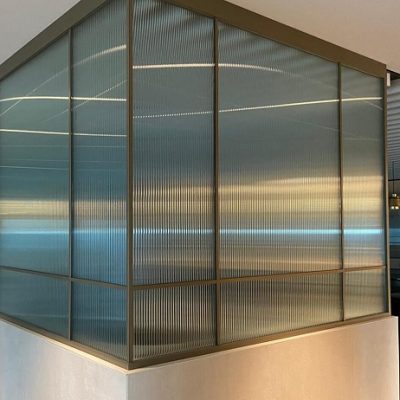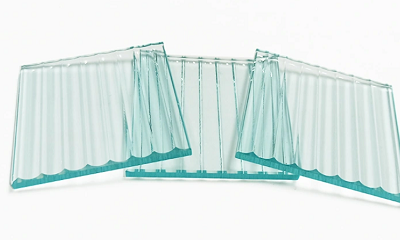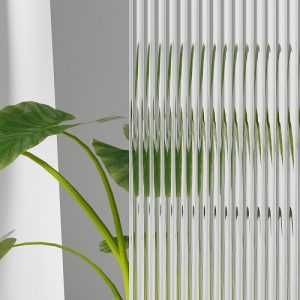Fluted glass, renowned for its distinctive ribbed or grooved surface, is a fascinating architectural and decorative material that offers both aesthetic appeal and functional benefits. Let’s delve deeper into the types, characteristics, and applications of fluted glass.
Fluted glass, recognized for its textured surface featuring parallel grooves or channels, is created by passing molten glass between rollers to form the distinctive pattern. This process results in a visually intriguing glass surface that scatters light and creates captivating visual effects.
Types of Fluted Glass:
Machine-Rolled Fluted Glass: Produced by passing the glass through rollers during the manufacturing process. The spacing, depth, and direction of the grooves can be customized based on design requirements.
Hand-Blown Fluted Glass: Crafted by skilled artisans who manually form the fluted texture while the glass is in a molten state. This method allows for unique irregularities and artistic variations in the pattern.





